
Achieving the perfect peanut butter frosting consistency is crucial for both taste and presentation. A frosting that’s too runny can be frustrating, but understanding the causes and solutions can help you achieve a stable, delicious result every time. In this article, we will explore the reasons behind runny peanut butter frosting and provide detailed solutions to fix and prevent it.
Understanding the Ingredients
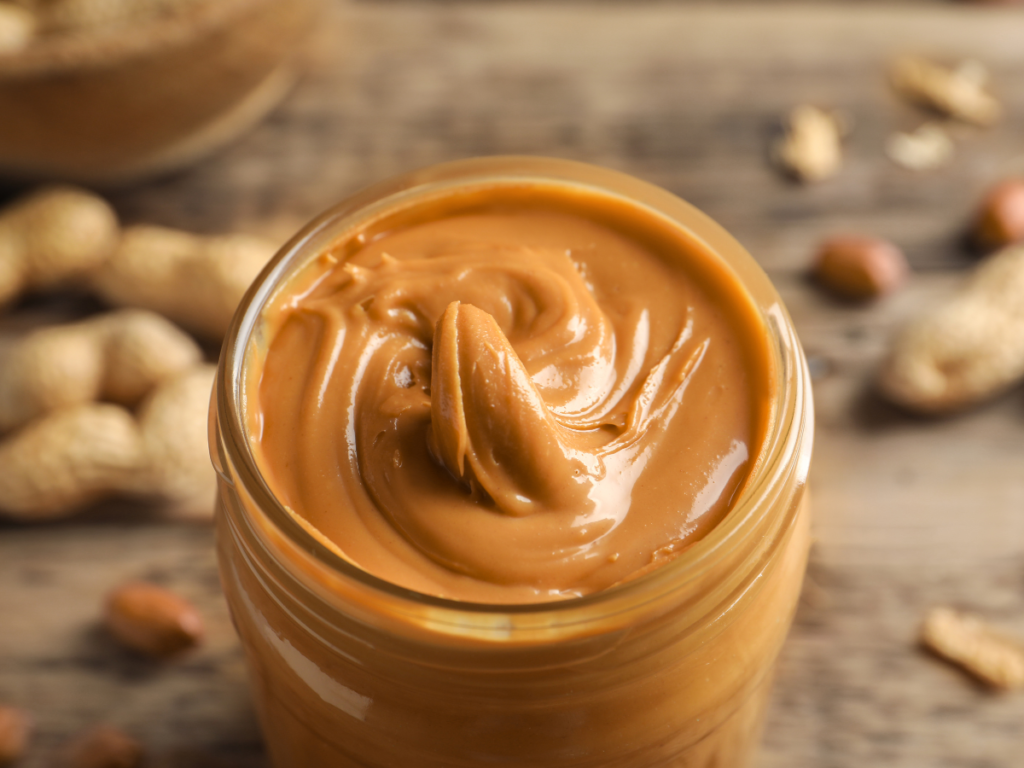
Peanut butter frosting typically includes:
- Peanut butter
- Butter
- Powdered sugar
- Liquid (milk or cream)
Each ingredient plays a specific role in the texture and stability of the frosting. Understanding these roles is the first step in solving any issues with consistency.
Peanut Butter
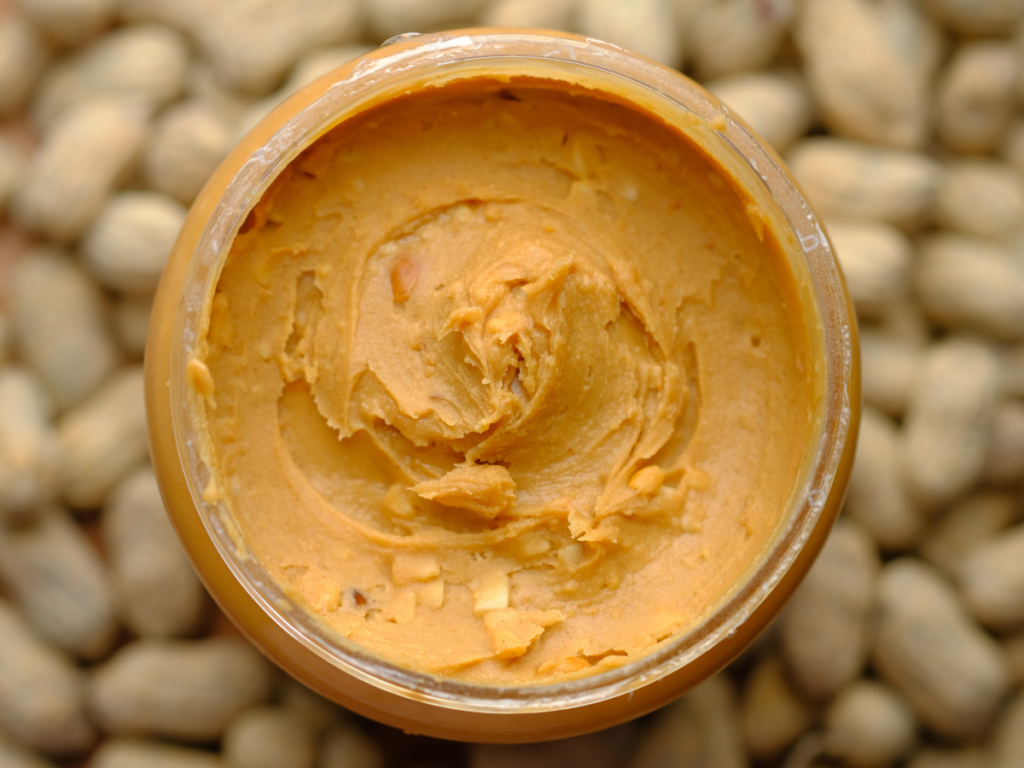
Peanut butter is the star ingredient, providing the rich, nutty flavor that defines this frosting. However, the type of peanut butter you use can significantly affect the consistency. Natural peanut butter, which contains more oil, can make the frosting runnier than desired. It’s often better to use processed peanut butter, which has added stabilizers that help maintain a thicker consistency.
Butter
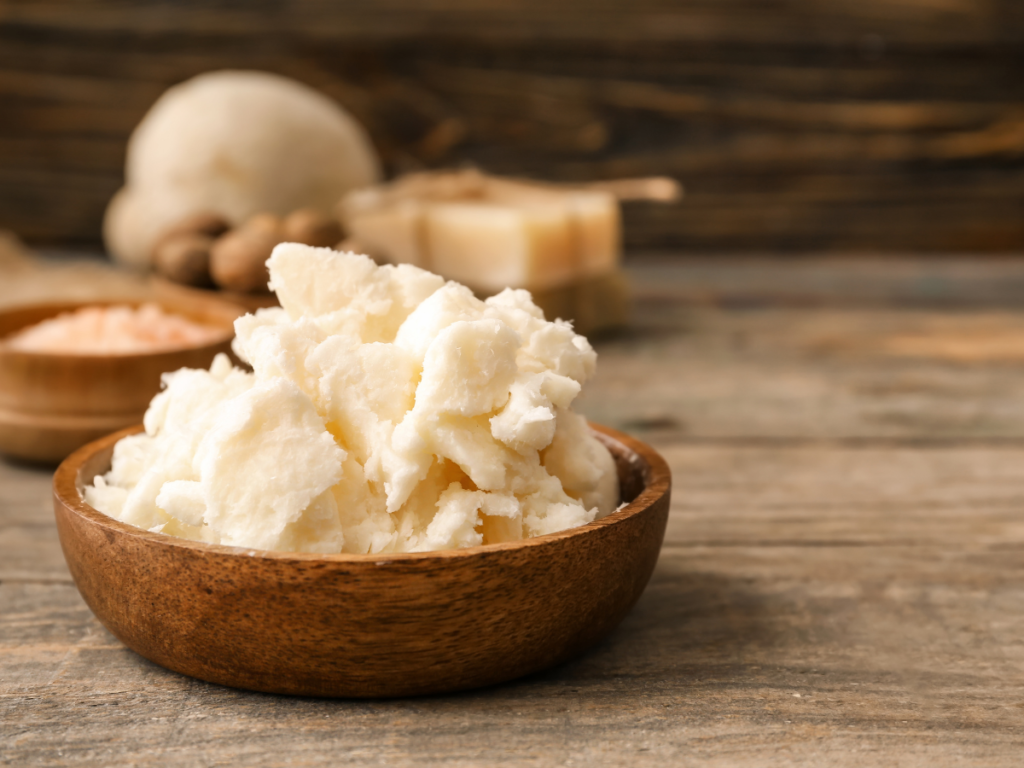
Butter adds creaminess and helps bind the ingredients together. It also impacts the texture and spreadability of the frosting. Using butter that is too soft or melted can contribute to a runny consistency. Always use room temperature butter, which should be soft enough to mix easily but firm enough to hold its shape.
Powdered Sugar
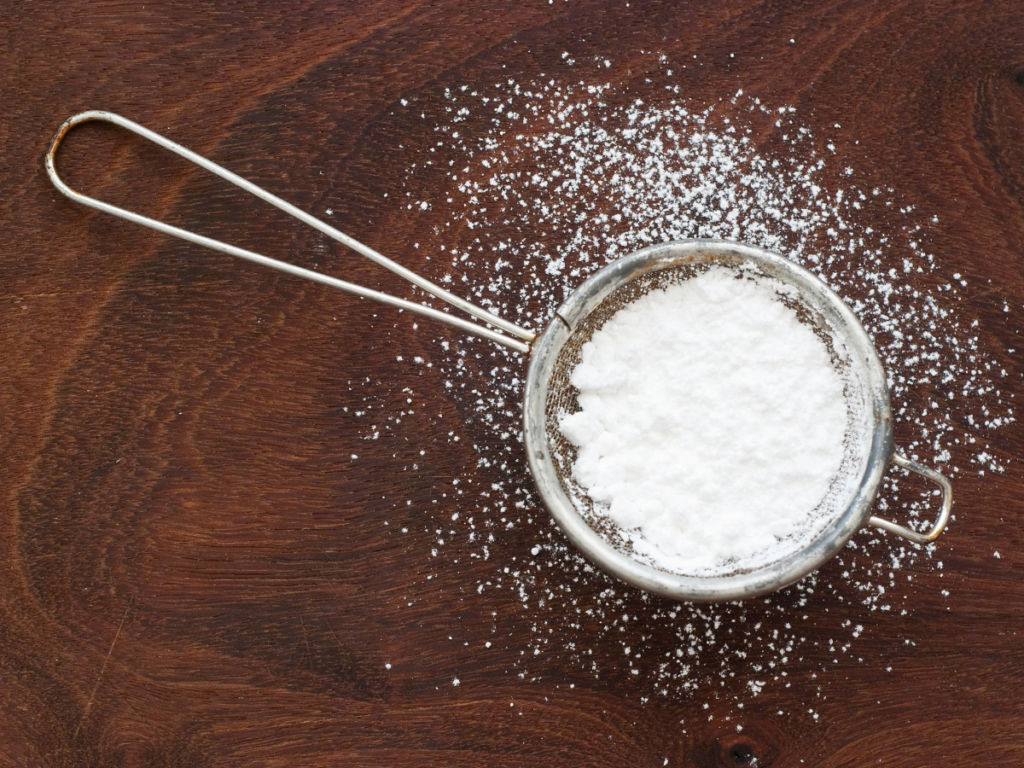
Powdered sugar not only sweetens the frosting but also acts as a thickening agent. The amount of powdered sugar used is crucial; too little can result in runny frosting, while too much can make it overly sweet and gritty. Finding the right balance is key to achieving the desired consistency.
Liquid (Milk or Cream)
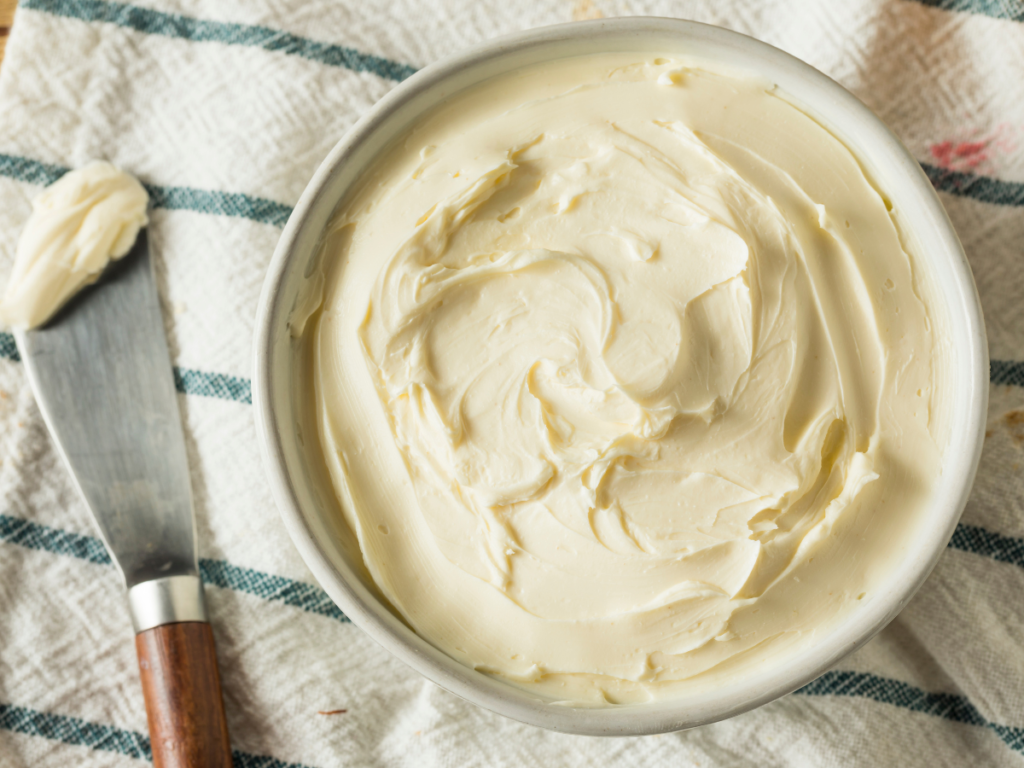
Liquid ingredients like milk or cream are added to adjust the frosting’s texture. However, adding too much liquid can quickly turn your frosting into a soupy mess. It’s essential to add liquids sparingly and incrementally until you reach the perfect consistency.
Common Causes of Runny Peanut Butter Frosting

Several factors can lead to runny peanut butter frosting. Identifying these causes will help you understand how to fix and prevent them.
Excessive Liquid Content
Adding too much milk or cream can easily make your frosting too runny. When adjusting the texture, always start with the minimum amount of liquid required and gradually add more as needed.
Incorrect Ingredient Proportions
Using the wrong ratio of ingredients can throw off the texture. Following a tested recipe is essential, but you may need to make adjustments based on the specific ingredients and conditions you are working with.
High Room Temperature
Warm environments can cause the butter to melt, making the frosting runny. Always prepare and store your frosting in a cool environment to maintain its consistency.
Insufficient Mixing
Not mixing the ingredients thoroughly can result in an uneven consistency. Properly blending the ingredients ensures that everything is well incorporated, leading to a smoother and thicker frosting.
Using the Wrong Type of Peanut Butter
Natural peanut butter, which has more oil, can make the frosting thinner than desired. Processed peanut butter is generally more stable and produces a better consistency for frosting.
To understand more about thickening techniques, refer to this guide on How to Thicken Homemade Frosting.
Fixing Runny Peanut Butter Frosting
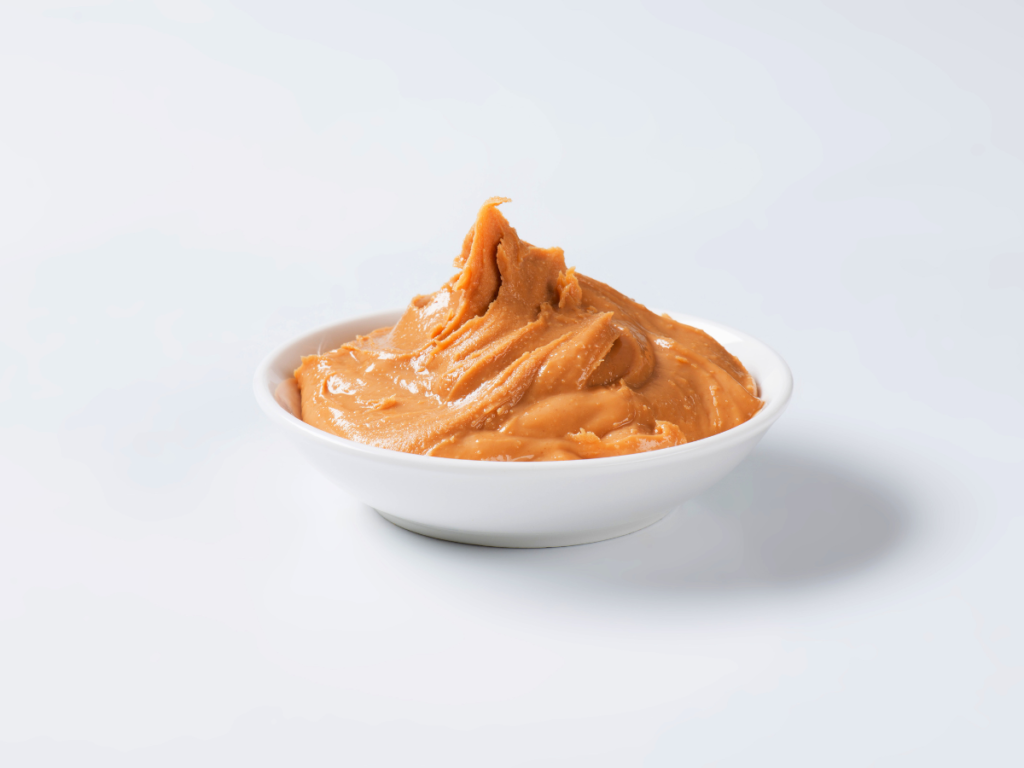
Here are some strategies to thicken your peanut butter frosting:
Adjusting Liquid Ingredients
Measure liquids accurately and add them gradually. This approach allows you to control the consistency better and avoid adding too much liquid at once. If your frosting becomes too runny, you can try adding more powdered sugar to absorb the excess moisture.
Incorporating Thickening Agents
Several thickening agents can help improve the consistency of your frosting. Here are some effective options:
- Powdered sugar: Add small amounts until the desired thickness is achieved. Be cautious not to over-sweeten the frosting.
- Cornstarch: Mix a small amount with the powdered sugar. This method helps thicken the frosting without significantly changing the flavor.
- Gelatin: Dissolve gelatin in warm water and mix it into the frosting. This technique works well for creating a stable, firm frosting.
- Heavy whipping cream: Beat until it forms stiff peaks before incorporating. This method adds volume and stability to the frosting.
Refrigeration Techniques
Chill the frosting for 15-30 minutes to firm it up. Cooling the frosting helps it set and can make it easier to work with. If the frosting is still too runny after chilling, try adding more powdered sugar or another thickening agent.
Adjusting Mixing Speed and Duration
Use a medium speed to avoid overmixing or undermixing. Overmixing can incorporate too much air, making the frosting light and fluffy but less stable. Undermixing can result in an uneven consistency. Aim for a smooth, well-incorporated frosting by mixing at a consistent, moderate speed.
For more detailed methods, check out this resource on Thickening Frosting Techniques.
Preventive Measures

To avoid runny frosting in the future, consider these preventive tips:
Use Room Temperature Ingredients
Using room temperature ingredients for better mixing ensures that the butter and peanut butter blend smoothly with the other components. Cold ingredients can be difficult to mix, while overly warm ingredients can make the frosting too soft.
Stick to the Recommended Ingredient Proportions
Following the recipe’s recommended proportions helps achieve the right balance of ingredients. If you need to make adjustments, do so gradually and cautiously.
Choose the Right Type of Peanut Butter
Opt for processed peanut butter, preferably the creamy, non-oily variety. This type of peanut butter is more stable and less likely to separate, resulting in a better frosting consistency.
Mix Ingredients Thoroughly but Avoid Overmixing
Thoroughly mix the ingredients to ensure a smooth and even texture. However, avoid overmixing, as this can incorporate too much air and affect the frosting’s stability. Mix until the ingredients are just combined.
Advanced Tips for Perfect Peanut Butter Frosting
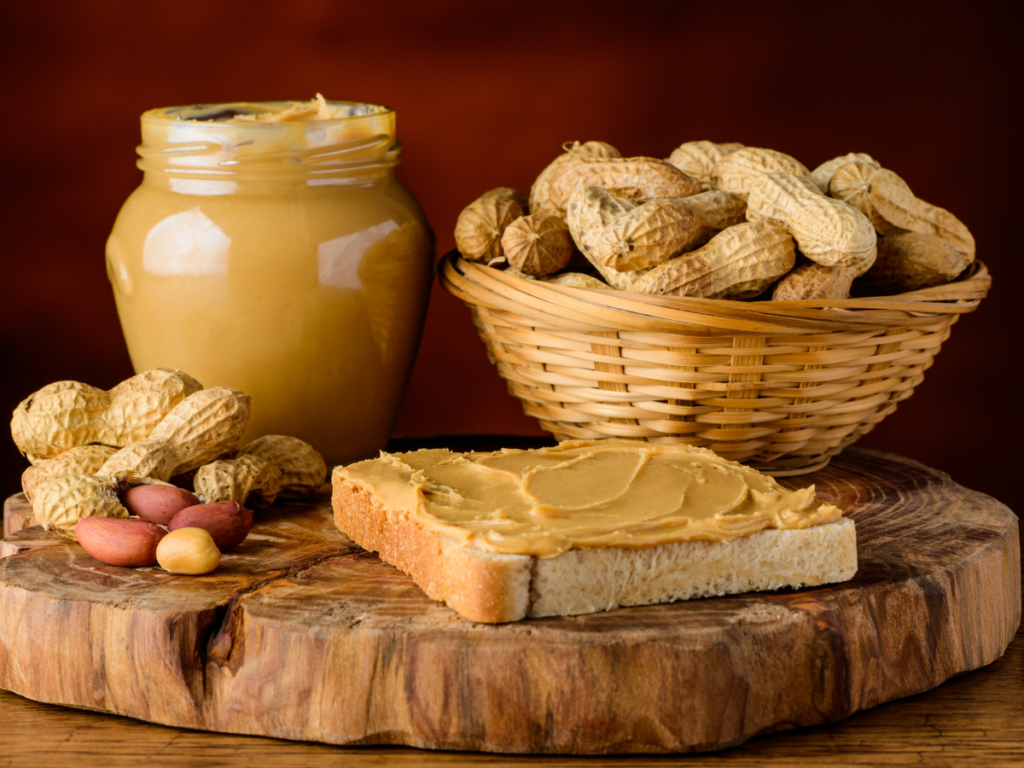
For a professional touch:
Balance Flavors
Adding a pinch of salt can enhance the peanut butter taste and balance the sweetness. This small addition can make a big difference in the overall flavor profile of your frosting.
Use Stabilizers
Stabilizers like cream of tartar or meringue powder can help maintain the frosting’s consistency. These ingredients are often used in professional baking to create more stable and long-lasting frostings.
Employ Professional Techniques
Using a stand mixer for even mixing ensures that all ingredients are well incorporated. Stand mixers provide consistent power and speed, which can be challenging to achieve with a hand mixer.
Common Mistakes to Avoid
Avoid these pitfalls to ensure perfect frosting:
Overcompensating with Thickening Agents
Using too much thickening agent can make the frosting too sweet or gritty. Add thickening agents gradually and taste the frosting frequently to ensure the flavor remains balanced.
Ignoring the Importance of Ingredient Temperature
The temperature of your ingredients significantly affects the mixing process and the final consistency of the frosting. Always use room temperature ingredients unless otherwise specified in the recipe.
Skipping the Resting Phase
Allowing the frosting to rest for a few minutes after mixing helps it set and improves the texture. This step is particularly important if the frosting seems too soft or runny immediately after mixing.
Conclusion
Creating the perfect peanut butter frosting requires attention to detail and an understanding of how each ingredient affects the final product. By following these tips and techniques, you’ll be able to enjoy a stable, delicious frosting every time. Happy baking!
FAQs
How to fix frosting that is too runny?
To fix frosting that is too runny, you can try the following methods:
- Chill It: Place the frosting in the refrigerator for about 20-30 minutes. The butter or cream cheese in the frosting will firm up as it cools.
- Add More Sugar: Gradually add more powdered sugar until the desired consistency is reached.
- Use Cornstarch: Add a small amount of cornstarch (about 1 tablespoon at a time) to the frosting and mix well.
- Whip It: Use an electric mixer to beat the frosting on high speed, which can help it thicken and become fluffier.
How to keep peanut butter frosting from separating?
To keep peanut butter frosting from separating:
- Use Room Temperature Ingredients: Ensure all ingredients (butter, peanut butter, cream cheese) are at room temperature before mixing. This helps them blend smoothly.
- Mix Thoroughly: Beat the frosting well to ensure all ingredients are fully incorporated.
- Avoid Overmixing: Once the frosting has reached the desired consistency, stop mixing to prevent it from becoming too warm and separating.
- Add Stabilizers: Incorporate a small amount of powdered sugar or cornstarch to help stabilize the frosting.
How to make frosting stiffer?
To make frosting stiffer:
- Add More Sugar: Gradually add more powdered sugar to the frosting while mixing.
- Use Cornstarch: Mix in a small amount of cornstarch (about 1 tablespoon at a time) to help thicken the frosting.
- Chill It: Place the frosting in the refrigerator for 20-30 minutes to firm up.
- Use Less Liquid: Reduce the amount of liquid (milk, cream, or flavoring) added to the frosting.
How to fix runny frosting without powdered sugar?
To fix runny frosting without using powdered sugar:
- Chill It: Refrigerate the frosting for 20-30 minutes to help it firm up.
- Use Cornstarch: Add a small amount of cornstarch (about 1 tablespoon at a time) and mix well until the desired consistency is reached.
- Add Cream Cheese or Butter: Incorporate more cream cheese or butter to thicken the frosting, making sure they are at room temperature for smooth blending.
- Whip It: Beat the frosting on high speed with an electric mixer to incorporate more air and make it thicker.
- For more tips on achieving the perfect frosting consistency, you can check out our article on Peanut Butter Cream Cheese Frosting.
- If you’re interested in other baking recipes, our guide on Gluten-Free Sourdough Bread Recipe might be helpful.
- To learn about different types of bread and their health benefits, visit our post on Is Sourdough Bread Good for Your Gut?.

